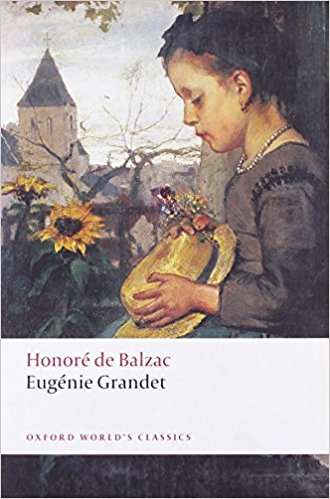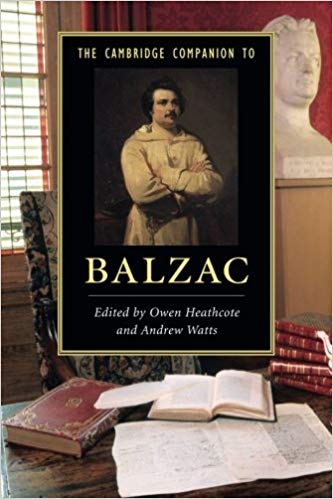biography, guidance notes, and critical essays
This complete critical guide to Jane Austen comes from a new series by Routledge which offers comprehensive but single-volume introductions to major English writers. They are aimed at students of literature, but are accessible to general readers who might like to deepen their understanding. The approach taken is quite straightforward. Part One is a potted biography of Austen, placing her life and work in a socio-historical context. This takes into account the role of women in the early nineteenth century; the position of a female author in the world of book publishing at the time; the social conventions surrounding women and marriage; and the sheer political fact that she was living at the time of the French revolution and war between Britain and France.
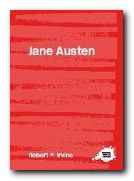 Part Two provides a synoptic view of Austen’s six great novels – from Northanger Abbey to Persuasion. The works are described in outline, and then their main themes illuminated. This is followed by pointers towards the main critical writings on these texts and issues.
Part Two provides a synoptic view of Austen’s six great novels – from Northanger Abbey to Persuasion. The works are described in outline, and then their main themes illuminated. This is followed by pointers towards the main critical writings on these texts and issues.
Part Three deals with criticism of Austen’s work. This is presented in chronological order – from contemporaries such as Walter Scott to critics of the present day, with the focus on feminist and gender criticism, Marxist, and psychoanalytic criticism. Some of the readings Irvine outlines will be quite provocative and surprising to many readers – particularly those dealing with such issues as slavery in Mansfield Park and both sexual and homosexual readings of Sense and Sensibility.
The book ends with a commendably thorough bibliography which covers biography, criticism in books and articles, plus pointers towards specialist Austen journals. There is also a separate chapter which deals with Austen on screen. This discusses the controversial issue of Austen’s work as it has been appropriated to project modern notions of English nationalism and the ‘heritage industry’.
This will be an excellent starting point for students who are new to Austen’s work – and a refresher course for those who would like to keep up to date with criticism. And it certainly is up to date – with references to publications only just over a year old at the time of publication.
© Roy Johnson 2005
Robert P. Irvine, The Complete Critical Guide to Jane Austen, Abingdon: Routledge, 2005, pp.190, ISBN 0415314356
More on literature
More on the novella
More on literary studies
More on short stories
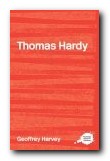
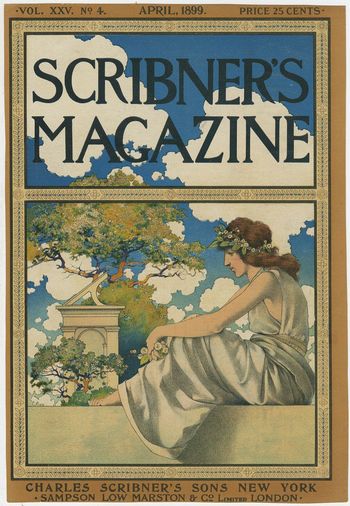
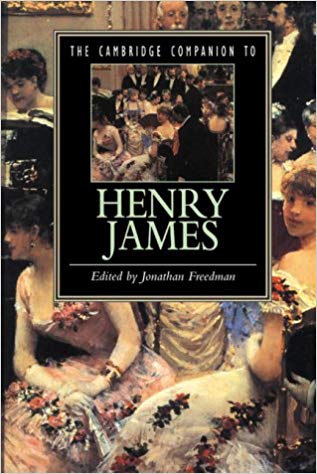

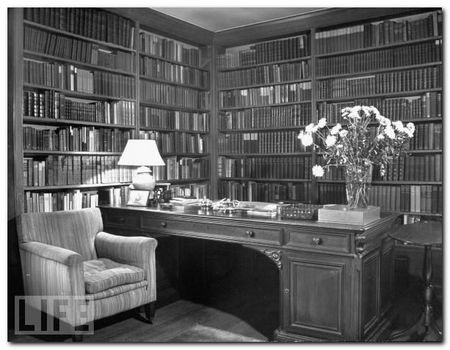
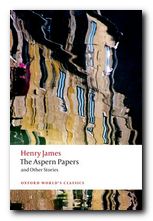 The Aspern Papers
The Aspern Papers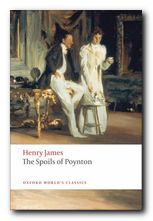 The Spoils of Poynton
The Spoils of Poynton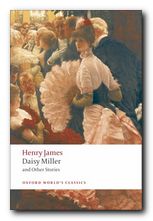 Daisy Miller
Daisy Miller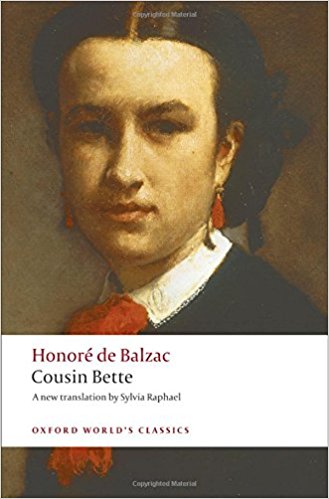
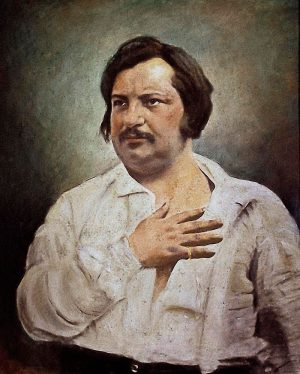

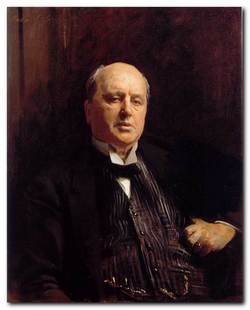
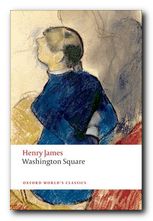 Washington Square
Washington Square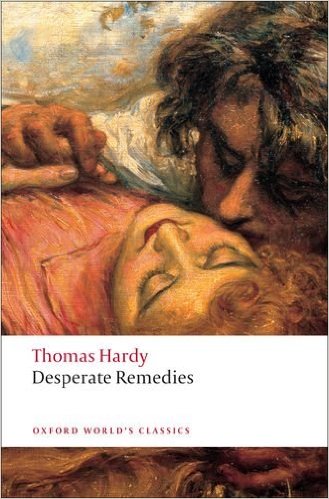
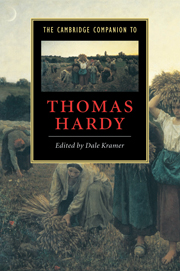
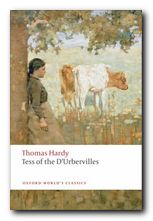 Tess of the d’Urbervilles
Tess of the d’Urbervilles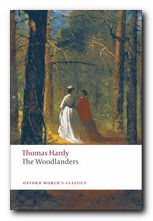 The Woodlanders
The Woodlanders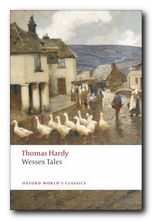 Wessex Tales
Wessex Tales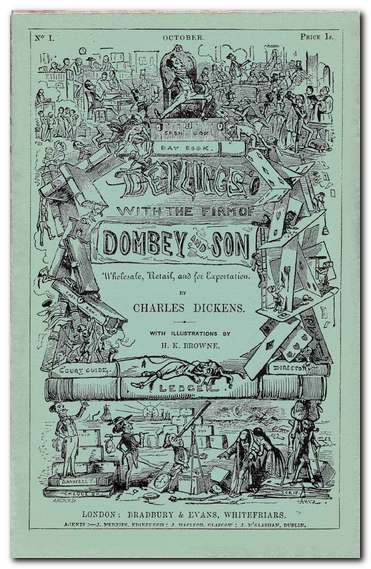
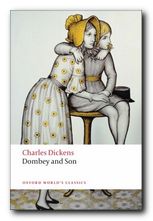 Yet when his wife bears him a male child (Paul junior) the son is immediately removed from his primary sources of emotional comfort – first of all from his mother because she dies, then from his beloved nurse, Polly Toodles, because Dombey fires her. Dombey then submits his son to the dubious care of his stupid sister Mrs Chick and her friend Miss Tox. Even worse, he subsequently sends Paul to the appalling establishment run by the fraudulent Mrs Pipchin in Brighton. She neglects the children placed in her care to an almost criminal extent.
Yet when his wife bears him a male child (Paul junior) the son is immediately removed from his primary sources of emotional comfort – first of all from his mother because she dies, then from his beloved nurse, Polly Toodles, because Dombey fires her. Dombey then submits his son to the dubious care of his stupid sister Mrs Chick and her friend Miss Tox. Even worse, he subsequently sends Paul to the appalling establishment run by the fraudulent Mrs Pipchin in Brighton. She neglects the children placed in her care to an almost criminal extent.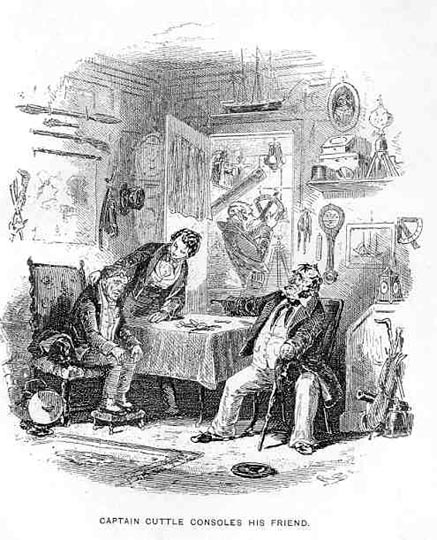
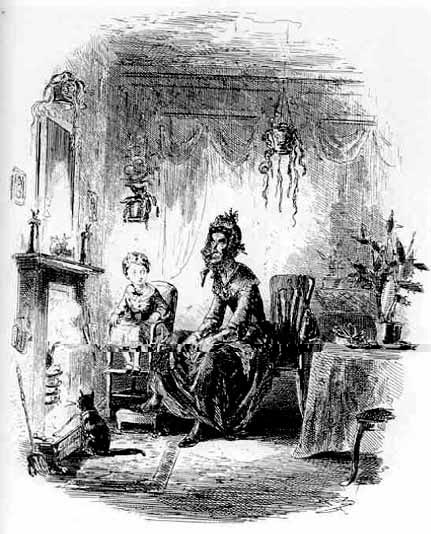
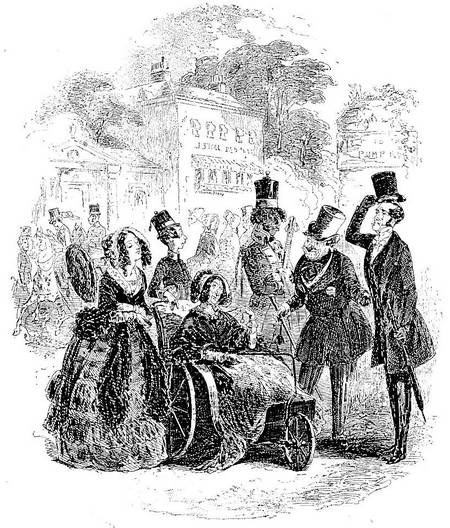
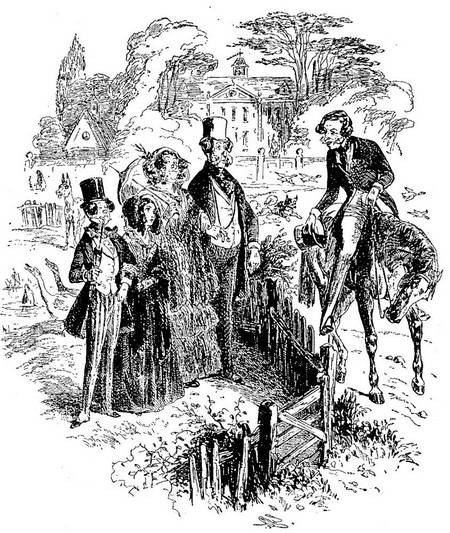
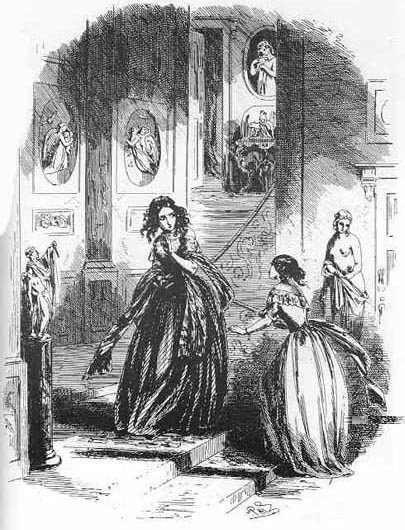
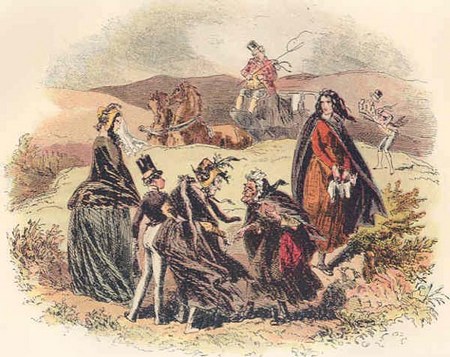
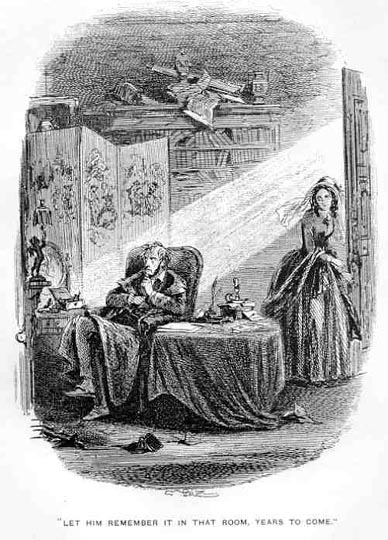

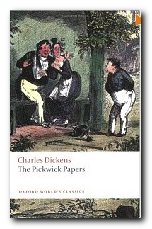 Pickwick Papers (1836-37) was Dickens’ first big success. It was issued in twenty monthly parts and is not so much a novel as a series of loosely linked sketches and changing characters featured in reports to the Pickwick Club. These recount comic excursions to Rochester, Dingley Dell, and Bath; duels and elopements; Christmas festivities; Mr Pickwick inadvertently entering the bedroom of a middle-aged lady at night; and in the end a happy marriage. Much light-hearted fun, and a host of memorable characters.
Pickwick Papers (1836-37) was Dickens’ first big success. It was issued in twenty monthly parts and is not so much a novel as a series of loosely linked sketches and changing characters featured in reports to the Pickwick Club. These recount comic excursions to Rochester, Dingley Dell, and Bath; duels and elopements; Christmas festivities; Mr Pickwick inadvertently entering the bedroom of a middle-aged lady at night; and in the end a happy marriage. Much light-hearted fun, and a host of memorable characters.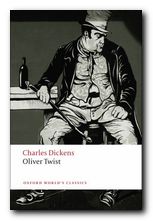 Oliver Twist (1837-38) expresses Dickens’ sense of the vulnerability of children. Oliver is a foundling, raised in a workhouse, who escapes suffering by running off to London. There he falls into the hands of a gang of thieves controlled by the infamous Fagin. He is pursued by the sinister figure of Monks who has secret information about him. The plot centres on the twin issues of personal identity and a secret inheritance (which surface again in Great Expectations). Emigration, prison, and violent death punctuate a cascade of dramatic events. This is the early Victorian novel in fine melodramatic form. Recommended for beginners to Dickens.
Oliver Twist (1837-38) expresses Dickens’ sense of the vulnerability of children. Oliver is a foundling, raised in a workhouse, who escapes suffering by running off to London. There he falls into the hands of a gang of thieves controlled by the infamous Fagin. He is pursued by the sinister figure of Monks who has secret information about him. The plot centres on the twin issues of personal identity and a secret inheritance (which surface again in Great Expectations). Emigration, prison, and violent death punctuate a cascade of dramatic events. This is the early Victorian novel in fine melodramatic form. Recommended for beginners to Dickens.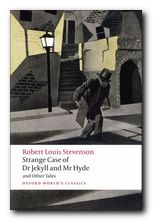
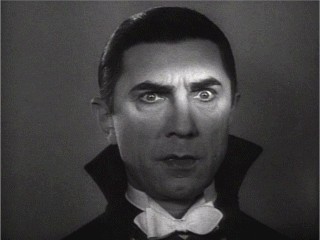
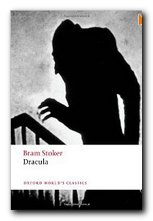 English solicitor Jonathan Harker travels to Transylvania to visit Count Dracula, who has bought properties in London. He is hospitably received, but then is held prisoner in the castle, where he encounters three female vampires. Harker writes letters to his fiancée and employer asking for help, but Dracula intercepts them. Dracula then takes a boat journey to England. On the journey the entire crew disappear one by one. The ship is driven ashore at Whitby, Yorkshire during a violent storm.
English solicitor Jonathan Harker travels to Transylvania to visit Count Dracula, who has bought properties in London. He is hospitably received, but then is held prisoner in the castle, where he encounters three female vampires. Harker writes letters to his fiancée and employer asking for help, but Dracula intercepts them. Dracula then takes a boat journey to England. On the journey the entire crew disappear one by one. The ship is driven ashore at Whitby, Yorkshire during a violent storm.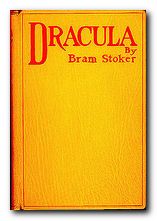 Van Helsing reads Lucy’s diaries and letters, then visits Mina and Jonathan in Exeter and reads the typed copies of their journals, which Mina has made. He then recruits John Seward to visit Lucy’s tomb, which turns out to be empty when they visit it at night. On returning in the daylight however, they find her there. He then recruits Arthur Holmwood and Quincy Morris, and the four men confront Lucy in her vampire mode outside the tomb. Next day they return in the daylight and Arthur drives a stake through her heart, following which Van Helsing cuts off her head.
Van Helsing reads Lucy’s diaries and letters, then visits Mina and Jonathan in Exeter and reads the typed copies of their journals, which Mina has made. He then recruits John Seward to visit Lucy’s tomb, which turns out to be empty when they visit it at night. On returning in the daylight however, they find her there. He then recruits Arthur Holmwood and Quincy Morris, and the four men confront Lucy in her vampire mode outside the tomb. Next day they return in the daylight and Arthur drives a stake through her heart, following which Van Helsing cuts off her head.